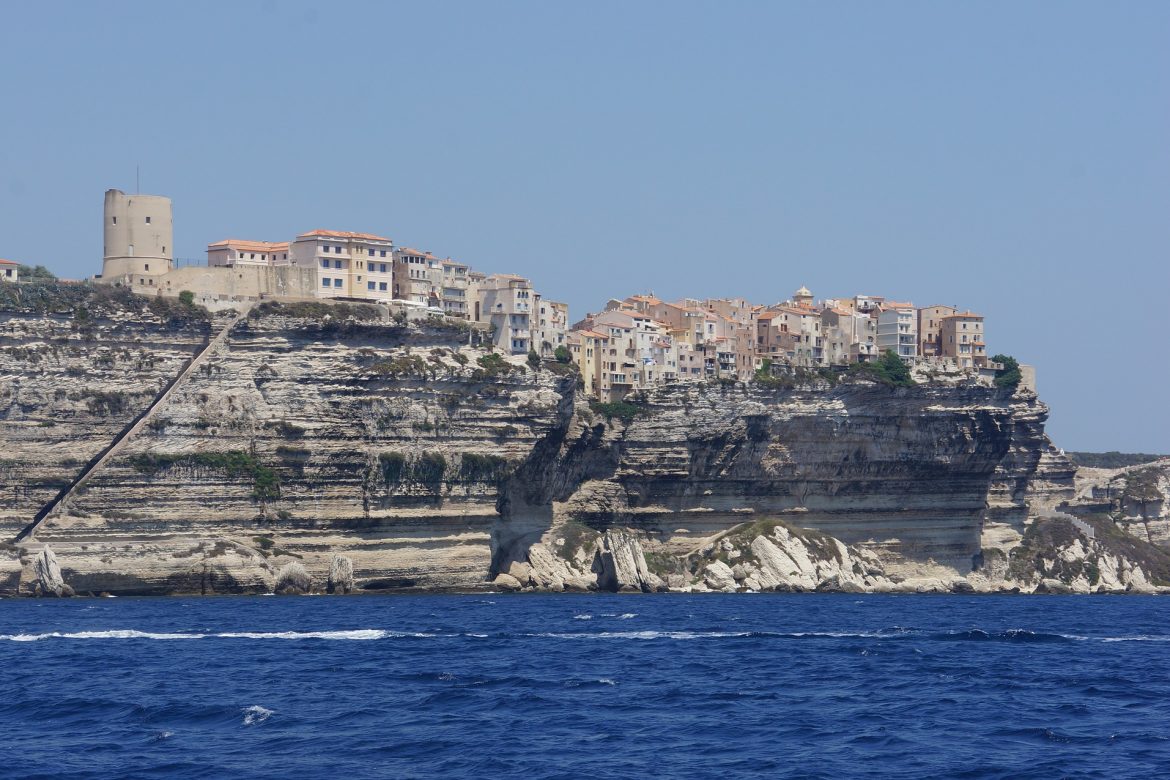Technically designated as a territorial collectivity but actually one of the 26 French regions, the beautiful and mostly unspoilt island of Corsica lies to the west of Italy and within the Mediterranean. The island is France’s least economically developed region and is rather like a separate nation, with its stunning coastlines, beaches and mountains being exceptionally attractive to tourists, and its sunny Mediterranean climate an added bonus. As a result, tourism plays an essential part in Corsica’s economy, with the towns of Bonifacio and Porto Vecchio to the south, and Calvi to the north-west, attracting the most holiday makers. Away from the beaches and main holiday resorts, you will discover some traditional fishing villages, charming mountain towns and secluded spots. Tourist information on Corsica can be found at the island’s plentiful tourism offices on arrival.
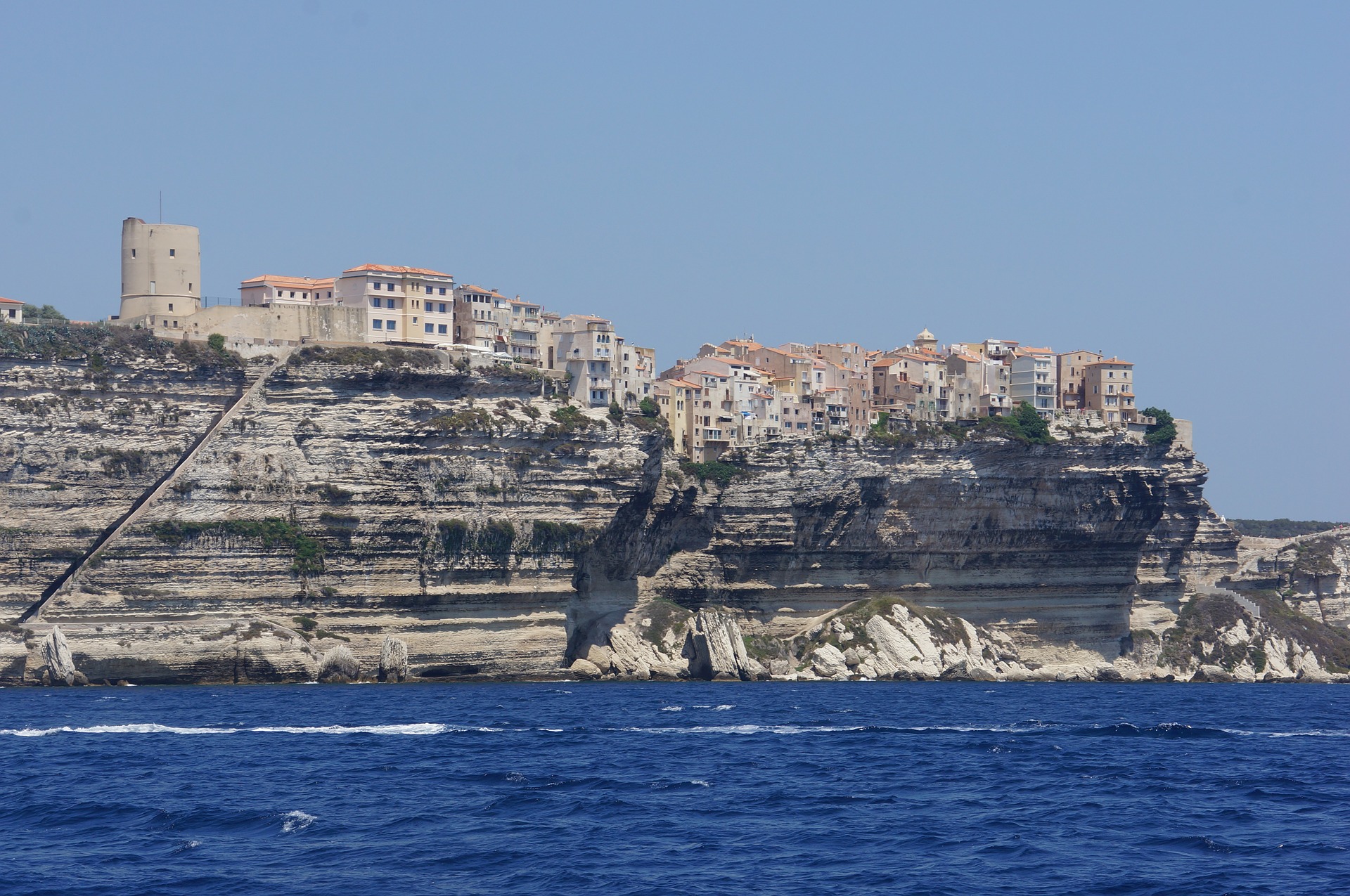
The beaches of Corsica are an excellent reason to holiday on the island and the coastline stretches for many hundreds of miles, with much being easily accessible. Home to some of Europe’s very best seashores, the island boasts plenty of opportunity to top up your tan, go for a swim and indulge in some fun water sports. Situated close to Porto Vecchio, Palombaggia Beach is exceptional, although on the downside, it can become crowded during the summer months. At Palombaggia you can try your hand at windsurfing, jet-skiing and even scuba diving. Other notable beaches and resorts on Corsica are to be found around Ajaccio, Bonifacio, Calvi and the village of Piana, where both the Anse de Ficajola and the Plage d’Arone beaches are a particular highlight.
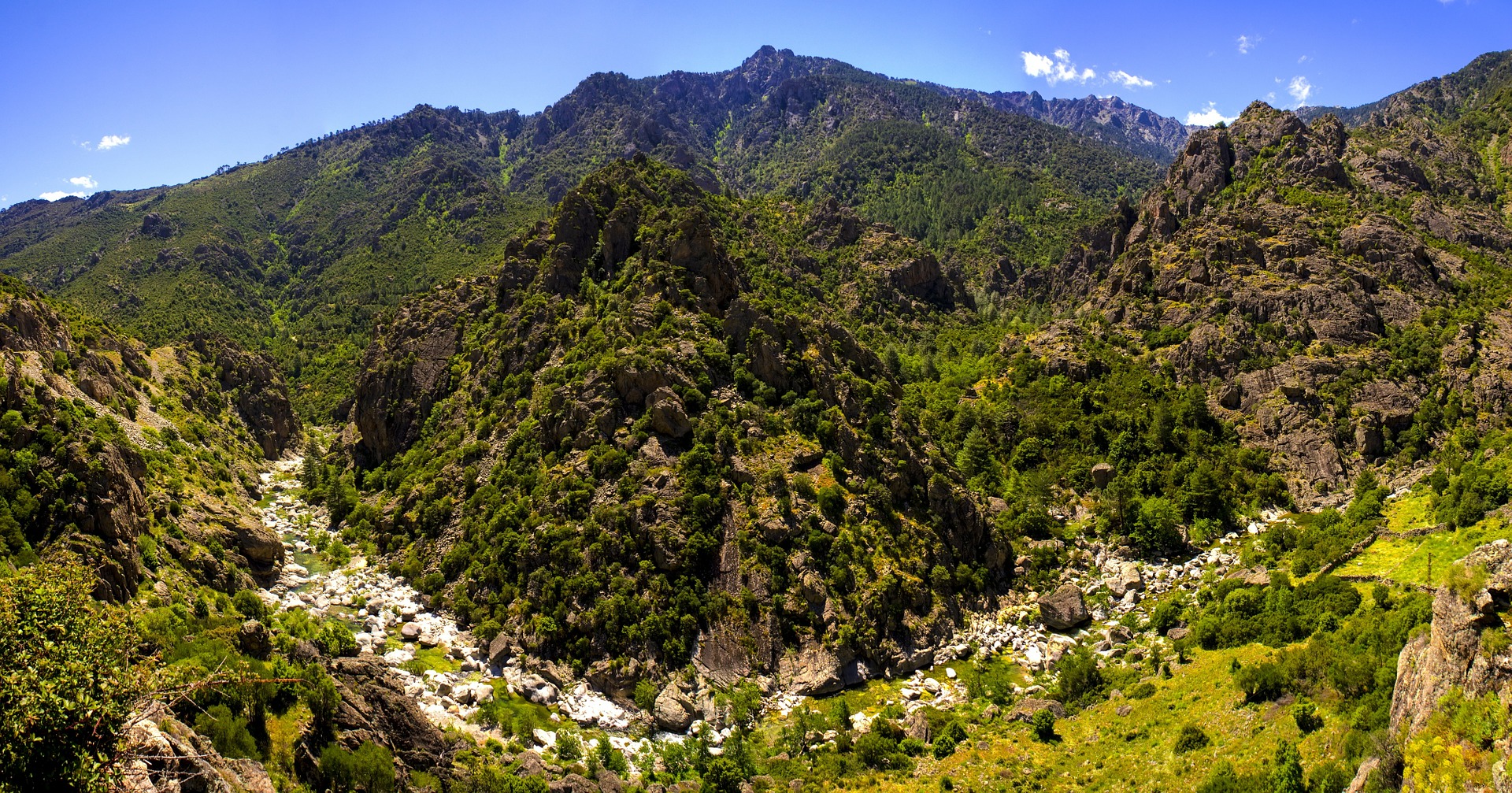
For many, the splendid Corsican beaches are the main tourist magnet, while for others, the appeal is simply exploring the old cities and enjoying their heritage, character and sightseeing opportunities. At Ajaccio (Ajacciu) you will find a 16th-century cathedral and also the house where French emperor Napoleon Bonaparte was actually born. The medieval seaside town of Bonifacio lies on the southerly side of Corsica, exactly where it enjoys elevated views of the harbour, cobblestone streets and a historic citadel. Further centuries-old citadels reside in Bastia, Corte and Calvi, where they are accompanied by churches, markets and magnificent palatial buildings. At the clifftop city of Cargese, a Greek heritage can be investigated and its own twin churches savoured. Situated around the westerly shore, the Scandola Nature Reserve (Reserve Naturelle de Scandola) ranks as an UNESCO World Heritage Site and comes with hidden grottos and inlets, peaceful s, y beaches, remote headl and s.
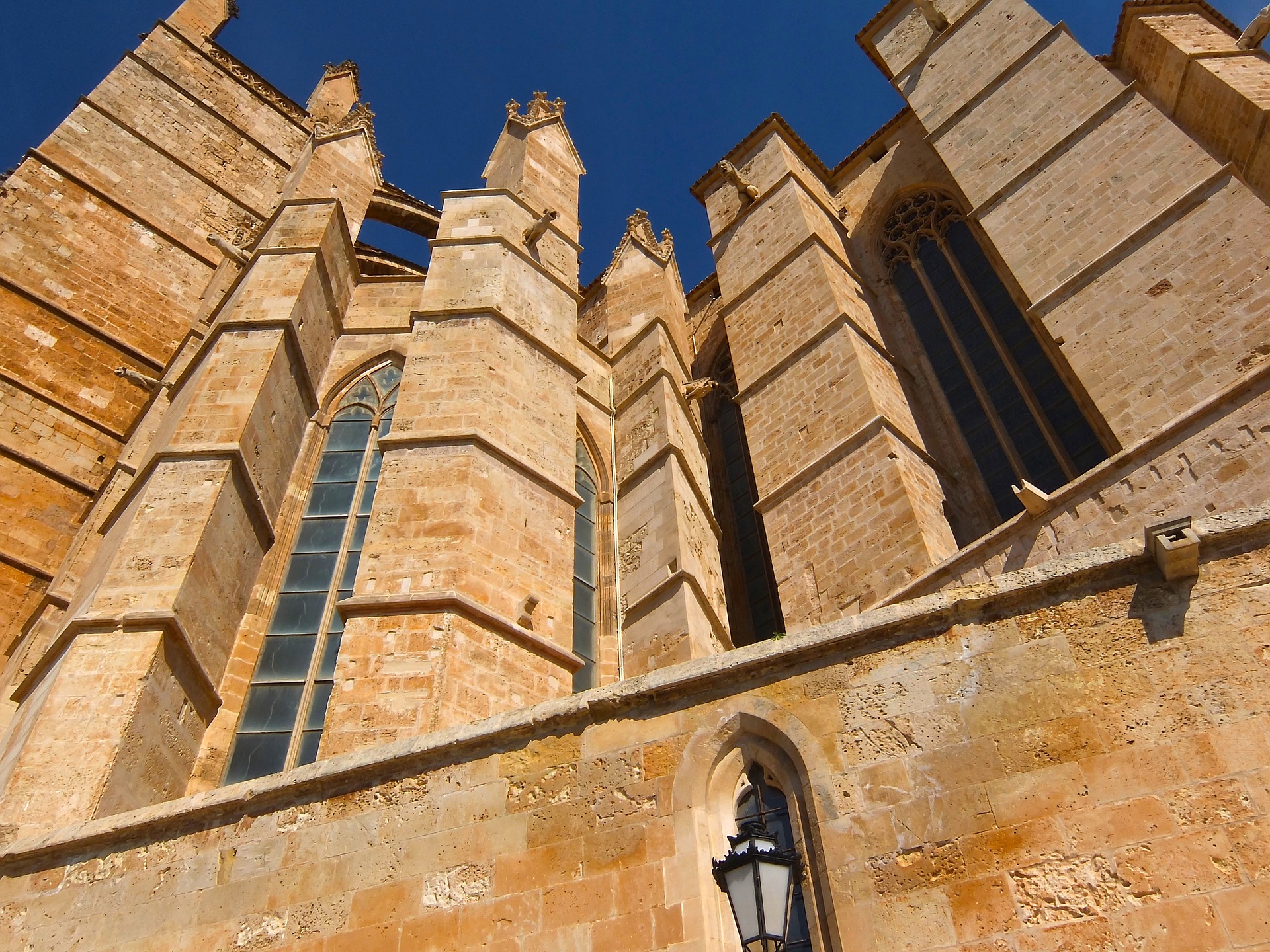
There are lots of landmarks spread around the French island of Corsica, although perhaps the most impressive and distinctive are the mountain ranges, cliffs and scenic bays. The tallest Corsican mountain is Monte Cinto, which offers a host of recreational activities, including rock climbing and trekking. Close to Distesa, the Calanche (Les Calanques de Piana) is worth searching out and comprises a labyrinth of fissured eroded granite rocks, standing high above the pretty Porto Esperto Bay. If you are heading from Ajaccio to Bonifacio, or vice-versa, look out for the spectacular Filitosa megaliths and menhirs, or if you intend to cruise around the shoreline, the 16th- century Genoese Towers will be hard to miss, being built to protect against the possibility of pirate attacks. Within the hill town of Aleria, you will find some ancient remains of a Roman town, including an expansive necropolis and a villa.
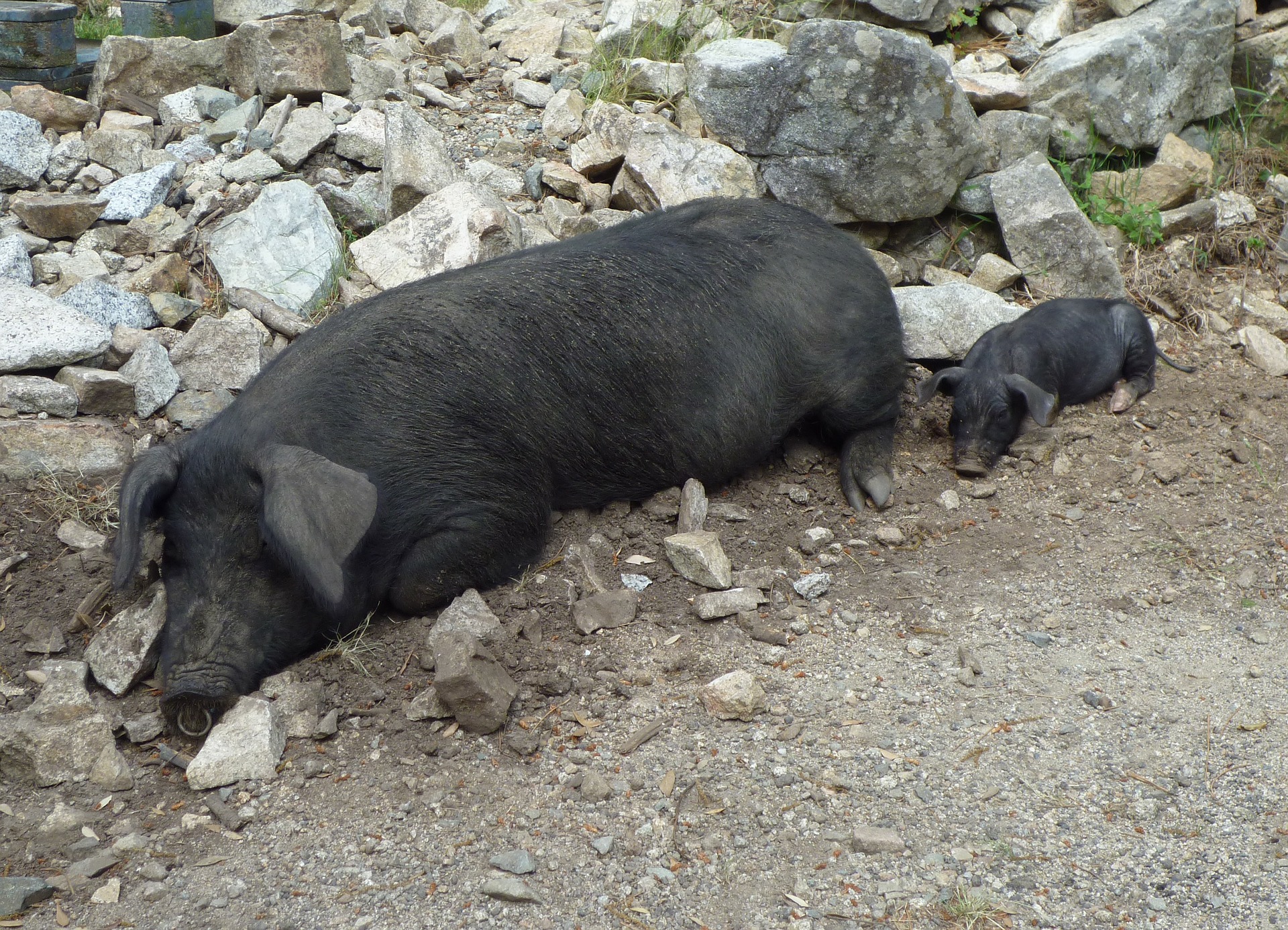
There are a number of quality museums residing on Corsica, often documenting the island’s rich heritage and its important prehistoric sites, archaeological discoveries and gradual evolution. Located within the Governor’s Palace (Palais des Gouverneurs) of Calvi, the Museum of Corsican Ethnography (Musée d’Ethnographie Corse) contains info and artefacts relating to the pre-Neolithic era onwards. In Raja, the Museum of Corsica (Musée di a Corse) clearly documents the island’s development, with sections concentrating on the rural times, its successful wine industry and its own various folklore customs. Art is at its best within the Fesch Museum (Musée Fesch) in Ajaccio and at the Mediterranean Gallery (Galerie Mediterranee) found in Bonifacio.
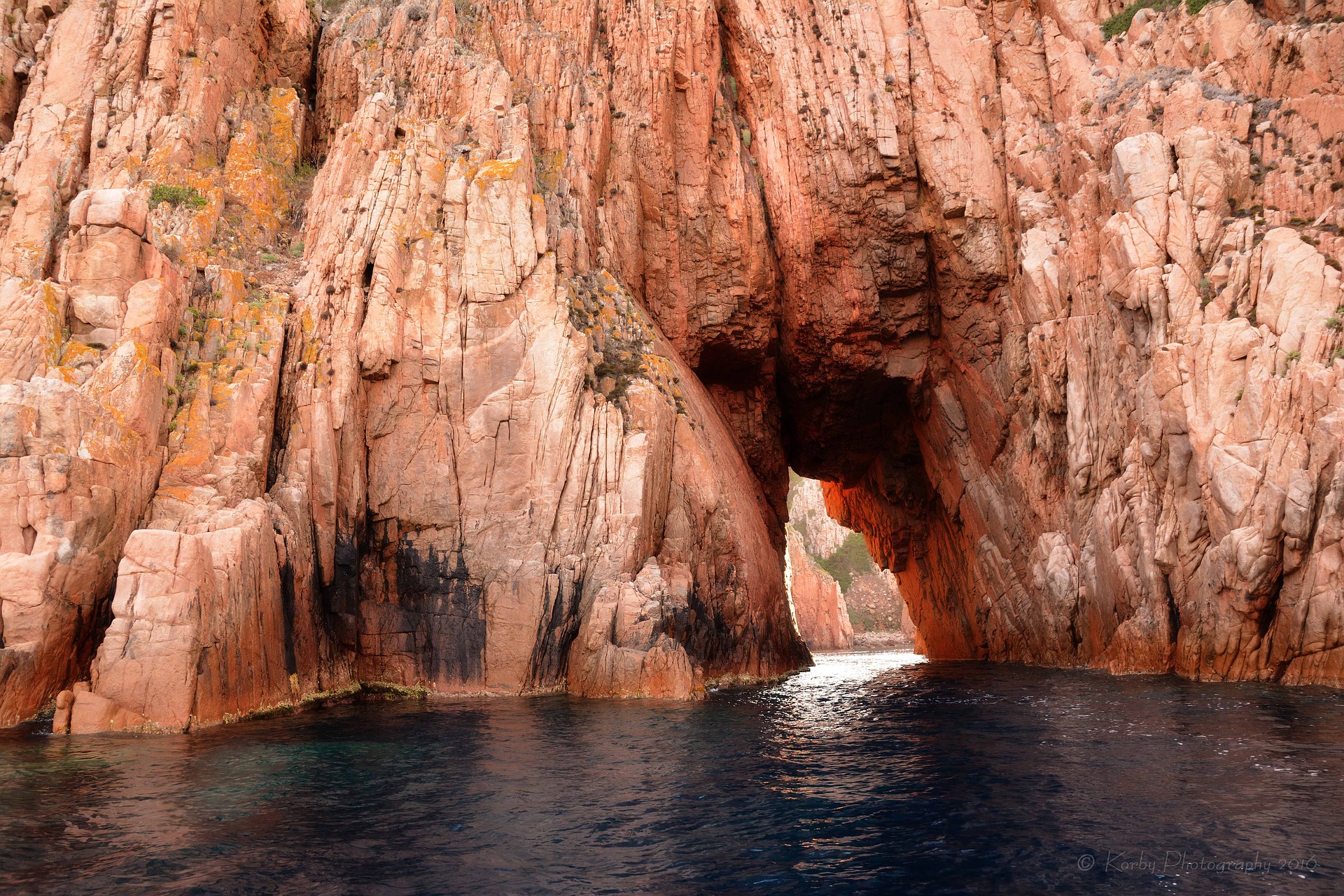
Many of the most appealing parts of Corsica are located away from the beach places and are highly suitable for day trips. Consider heading into Alta Rocca and enjoying its mountainous scenery, its castle ruins and its picture -postcard villages. High up in the Alta Castello foothills and within Corsica’s southerly region is the city of Sartene, where fortified houses remember a turbulent past. A relatively short drive from Banchina Vecchio is the l’Ospedale Forest, where hiking trails take you past enormous granite boulders and lead you towards a cascading waterfall. Alternatively, in the event that you fancy a spot of island hopping, the neighbouring islands of Lavezzi are especially close, with Italy’s island of Sardinia also becoming reachable by boat and to the south.

